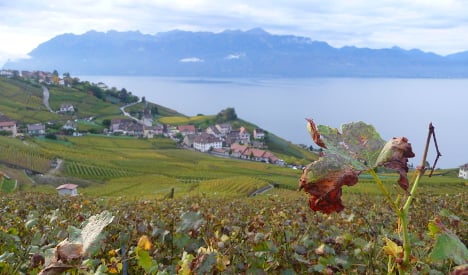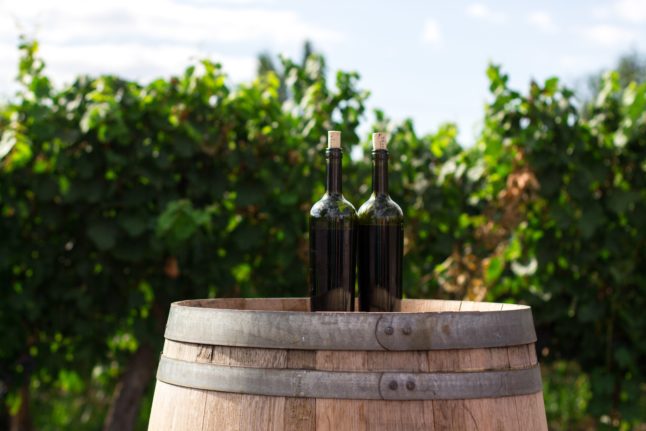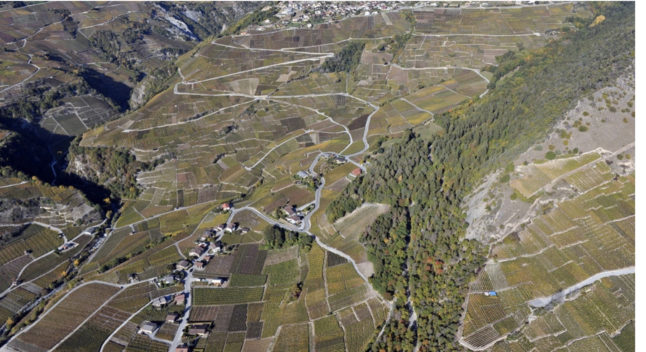Wine lovers in the country drunk their way through 53 million litres of Swiss white wine in 2013, an extra seven million litres on the previous year. The consumption of homegrown red wine rose by three million litres to 54 million litres.
The OFAG said the increase was partly due to relief measures imposed by parliament in December 2012 following the large harvest of 2011.
Aiming to reduce surplus stock, some three million litres of wine produced to the standards of the quality mark ‘Appellation d’origine controlée’ (AOC) were reclassified as ‘vin du table’ (table wine), allowing them to be sold more cheaply.
The increased popularity of domestic wine last year was slightly to the detriment of foreign wines, the consummation of which fell by 2.6 percent.
As a result, homegrown wine accounted for 39 percent of Switzerland’s wine market, up 3 percent on 2012. In total, the Swiss guzzled their way through 273 million litres of wine – both foreign and domestic – in 2013.
The Swiss wine market faces challenges this year, however. Last year’s cold spring resulted in the worst harvest since 1980, said the OFAG, with just under 84 million litres of wine produced in Switzerland in 2013, a 16.5 percent decrease on the previous year.
A sunny summer and autumn compensated in part, but in most regions the harvest occurred at least two weeks later than normal.
The situation varied across the country, however. While Ticino enjoyed an abundant harvest, Neûchatel was the hardest hit, with production down 54 percent on the previous year.
Vineyards are also found in Vaud, Geneva and parts of German-speaking Switzerland.




 Please whitelist us to continue reading.
Please whitelist us to continue reading.
Member comments